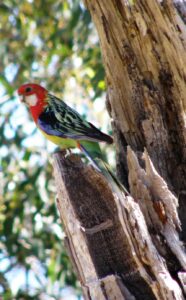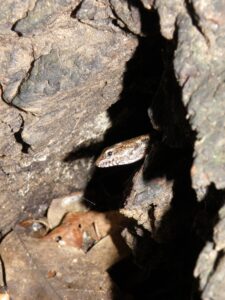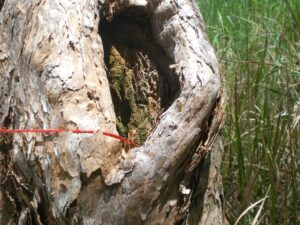Tree Hollows in Nature
In Australia, hundreds of birds, mammals, reptiles and frogs depend on tree hollows, cavities and fissures for their survival.
Some species are obligate hollow-users – this means they cannot survive at all without appropriate hollows. Such species include most of our arboreal possums and gliders, and many parrots; these are also often the species that need the largest hollows, in the oldest trees.

Other species are known as facultative, or opportunistic, hollow-users – this means they are more generalist, but will use hollows or fissures as refuges if they can, such as many lizards and snakes, and some small native rodents and marsupials such as antechinus.

In nature, tree hollows can take up to 250 years or more to develop, especially those large enough for obligate hollow-using species such as Greater Gliders or some endangered cockatoos.
Some native trees form hollows more easily than others – River Red Gum and Boxes such as Black Box and Grey Box, for example. Others take much longer to form hollows, such as Stringybarks and Ash.
Refuges in tree hollows and crevices can mean the difference between life and death for many species. Hollows provide shelter from extreme cold, wind and rain. Studies show that the inside of hollows and crevices are buffered changes in the outside temperature – meaning that their internal temperature, or microclimate, does not vary very much no matter what is going on outside.
This also means that they are important in sheltering animals from extreme heat – which is a major concern of scientists with the impacts of climate change. Many studies have shown that microclimate refuges could be crucial in the survival of many native species as temperatures heat up.
Our ecologist Jo Isaac undertook one of the first studies to determine how hot it got inside tree hollows in tropical Australia, using an ingenious set up of a temperature logger inside a tea-strainer attached to rope! Read about the study here ()

Of course, hollows and crevices also provide refuge from predators, too, and are important in the breeding biology of many species.
With habitat loss, changes in land-use and climate change, and of course recent devastating wildfires, hollow-bearing trees are fast becoming a very scarce resource, with detrimental impacts on our unique native impacts.
Treetec is pioneering in the creation of habitat that closely mimics that of natural hollows, using our introduced cavities, and also developing our cavity acceleration methodology to hasten the creation of natural cavities.
